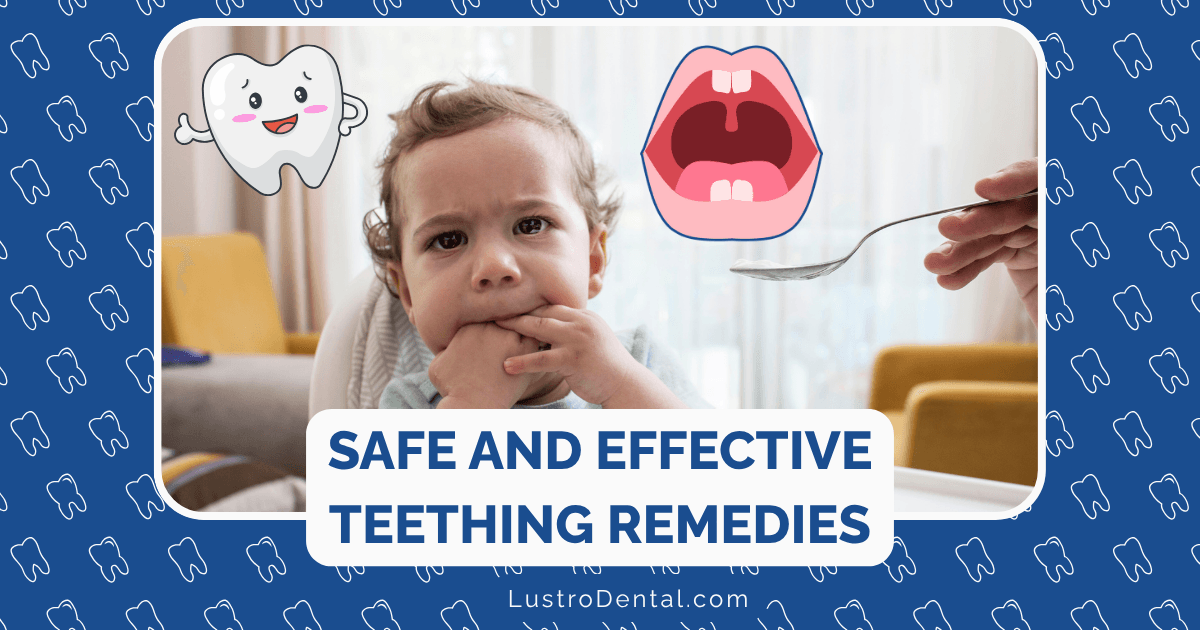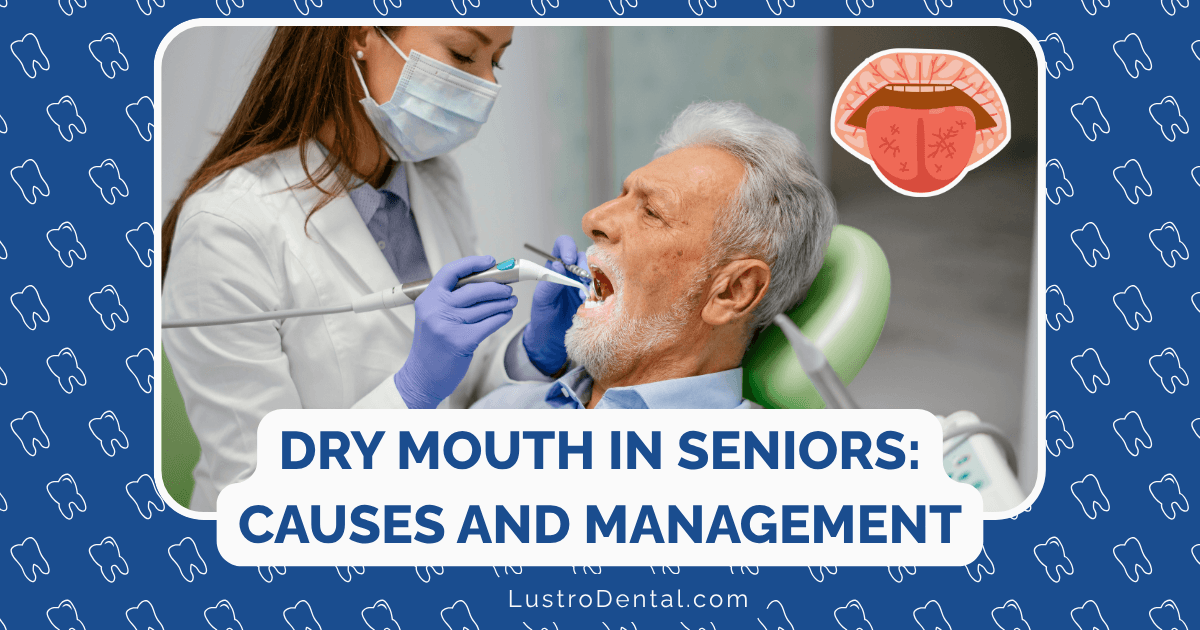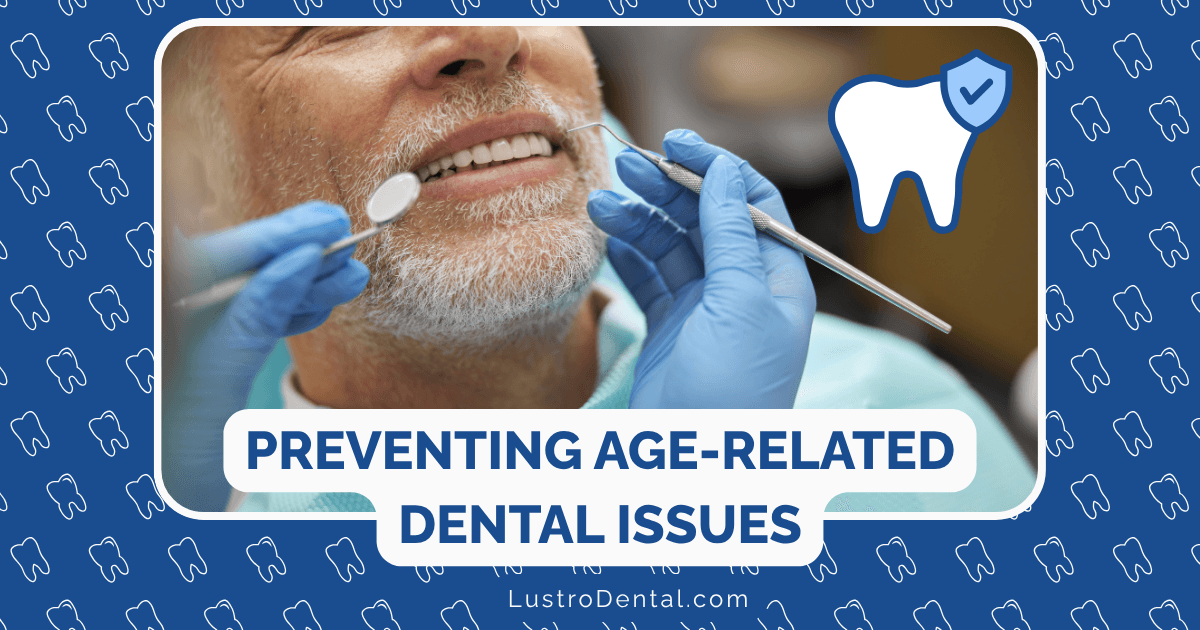Teething Remedies That Are Safe and Effective

The teething phase is a rite of passage that every baby (and parent) must endure. Those tiny teeth breaking through tender gums can turn your usually happy baby into a drooling, fussy mess. If you’re in the thick of it, you’re probably desperate for solutions that actually work—without compromising your baby’s safety.
With so much conflicting advice out there, from old wives’ tales to questionable products marketed to desperate parents, it’s hard to know what’s truly safe and effective. Let’s cut through the noise and focus on these teething remedies that pediatricians actually recommend in 2025.
Understanding Teething: What’s Normal and What’s Not
Before diving into remedies, it’s important to know what you’re dealing with. Teething typically begins around 6 months, though it can start as early as 3 months or as late as 12 months.
Normal teething symptoms include:
- Excessive drooling
- Chewing on objects, fingers, or toys
- Irritability or fussiness
- Sore, red, or swollen gums
- Slight temperature elevation (below 100.4°F or 38°C)
- Disrupted sleep patterns
- Decreased appetite
Contrary to popular belief, teething does NOT cause:
- High fever (over 100.4°F or 38°C)
- Diarrhea or vomiting
- Severe rash
- Excessive crying or inconsolable behavior
- Coughing or congestion
According to Dr. Lisa Diard, pediatrician at Cleveland Clinic, “Discomfort from teething should be mild, and any symptoms should only last a few days until the tooth erupts. If your baby has severe symptoms, it’s likely something else causing the problem.”
Safe and Effective Teething Remedies
1. Gum Massage
Why it works: Applying counter-pressure to sore gums helps relieve the pressure from beneath the gums where the tooth is pushing through.
How to do it:
- Wash your hands thoroughly
- Use your index finger to gently rub your baby’s gums in a circular motion
- Apply gentle but firm pressure for 1-2 minutes
- Repeat as needed throughout the day
A 2023 study published in the Journal of Pediatric Dentistry found that regular gum massage was rated by parents as one of the most effective non-medicinal teething remedies, with 78% reporting significant improvement in their baby’s comfort levels.
2. Cold Therapy (But Not Freezing)
Why it works: Cold numbs the area and reduces inflammation, providing temporary relief.
Safe cold therapy options:
- Refrigerated (not frozen) teething rings – Silicone or rubber rings chilled in the refrigerator for 15-30 minutes
- Cold, wet washcloth – Dampen a clean washcloth, fold it, and chill it in the refrigerator
- Chilled spoon – Place a clean metal spoon in the refrigerator (not freezer) for a few minutes
According to the American Academy of Pediatrics, “Never freeze teething rings or washcloths as extremely cold items can damage your baby’s gums. Refrigeration is sufficient to provide relief.”
3. Appropriate Teething Toys
Why they work: Teething toys provide something safe to chew on, which applies pressure to the gums and distracts from the discomfort.
Best options:
- Silicone teethers – Food-grade silicone is non-toxic, easy to clean, and has the right firmness
- Natural rubber teethers – Look for 100% natural rubber without chemical additives
- Wooden teethers – Untreated beechwood or maple teethers (ensure they’re specifically designed for teething)
Dr. James Peterson, pediatric dentist at Children’s Hospital of Philadelphia, recommends, “Look for teethers with different textures and shapes. Some babies prefer bumpy surfaces while others like smooth ones. Having a variety can help you discover what works best for your child.”
4. Chilled Soft Foods (For Babies Already Eating Solids)
Why it works: Cold foods numb the gums while providing nutrition and distraction.
Safe options for babies 6+ months:
- Chilled (not frozen) applesauce
- Refrigerated yogurt
- Cold pureed fruits
- Chilled cucumber spears (for supervised chewing only, with babies who can handle finger foods)
A mesh feeder filled with cold, soft fruits can be particularly effective for babies who are already eating solids. The cold fruit provides relief while the mesh prevents choking hazards.
5. Over-the-Counter Pain Relievers (When Necessary)
Why they work: When other methods aren’t providing enough relief, appropriate pain medication can help manage discomfort.
Safe options:
- Acetaminophen (Tylenol) – Safe for infants over 3 months, following weight-appropriate dosing
- Ibuprofen (Motrin, Advil) – Only for babies 6 months and older, following weight-appropriate dosing
The Mayo Clinic advises: “Use pain relievers only when necessary and for no more than 1-2 days. Always consult with your pediatrician before giving any medication to infants, and use the measuring device that comes with the product for accurate dosing.”
Teething Remedies to Avoid
Despite their popularity or claims, the following remedies are considered unsafe by medical professionals and should be avoided:
1. Teething Gels with Benzocaine or Lidocaine
Why they’re dangerous: These numbing agents can cause a rare but serious condition called methemoglobinemia, which reduces the blood’s ability to carry oxygen. The FDA has issued warnings against their use in children under 2 years.
2. Homeopathic Teething Tablets and Gels
Why they’re dangerous: Some have been found to contain inconsistent amounts of belladonna (deadly nightshade), which can be toxic. The FDA has associated at least 10 infant deaths with these products.
3. Amber Teething Necklaces or Bracelets
Why they’re dangerous: These pose serious strangulation and choking hazards. Despite claims that amber releases pain-relieving succinic acid when worn, there’s no scientific evidence supporting this theory.
Dr. Emily Warren, pediatrician at Texas Children’s Hospital, states: “No jewelry of any kind should be placed on infants. The risks of strangulation and choking far outweigh any unproven benefits these products might claim to offer.”
4. Alcohol or Whiskey on the Gums
Why it’s dangerous: This outdated practice can be toxic to babies, even in small amounts, and can numb the gag reflex, increasing choking risk.
5. Teething Cookies or Biscuits for Young Babies
Why they’re problematic: These can pose choking hazards for babies under 9 months and often contain sugar, which can damage emerging teeth.
Creating a Teething Survival Kit
Be prepared by assembling a teething toolkit containing:
- 2-3 different types of teething toys (silicone, rubber, wood)
- Several clean washcloths for chilling
- A small cooler bag for outings (to keep chilled items cold)
- Plenty of bibs for the inevitable drool
- Infant pain reliever (with your pediatrician’s approval)
- A teething tracker app or journal to note which remedies work best
When to Call the Doctor
While teething is normal, certain symptoms warrant medical attention:
- Fever over 100.4°F (38°C)
- Excessive diarrhea
- Rash other than facial rash from drooling
- Significant decrease in fluid intake
- Lethargy or unusual drowsiness
- Symptoms lasting more than a few days
- Significant bleeding of the gums
Real Talk: Managing Your Expectations
Let’s be honest—no teething remedy works perfectly all the time. What soothes your baby one day might be completely rejected the next. The key is having multiple options in your arsenal and rotating through them as needed.
Dr. Michael Rodriguez from Boston Children’s Hospital advises, “Teething discomfort typically comes in waves. It’s often worst in the days just before a tooth erupts and then improves once the tooth breaks through the gum. Understanding this pattern can help parents maintain perspective during particularly challenging days.”
The Latest Research on Teething Relief
Recent studies have provided some interesting insights into teething relief:
- A 2024 study in the International Journal of Pediatric Dentistry found that consistent gum massage twice daily reduced teething discomfort by 62% compared to control groups.
- Research published in Pediatrics in 2023 confirmed that most teething symptoms are mild and self-limiting, with pain and irritability typically lasting 2-3 days per tooth.
- A clinical trial completed in 2024 found that silicone teethers with multiple textures provided more effective relief than single-texture alternatives, likely due to the variety of sensory inputs they provide.
Parents Share What Actually Worked
Sometimes the best advice comes from parents who have been in the trenches. Here’s what real parents say provided the most relief:
“The refrigerated washcloth was our lifesaver. I would dampen it, fold it into a strip, and let it chill. My daughter would gnaw on it for 20 minutes at a time, which gave us both a much-needed break.” — Melissa, mom of two
“We discovered that gum massage worked best right before bedtime. Two minutes of gentle rubbing and he would settle down enough to fall asleep.” — James, father of a 10-month-old
“Rotating between different teethers kept things interesting for my son. The novelty factor would buy us 10-15 minutes of relief before he got bored and the fussing started again.” — Taylor, parent of a 14-month-old
A Holistic Approach to Teething Comfort
Remember that teething doesn’t happen in isolation. Consider these complementary approaches to keep your baby comfortable:
- Maintain regular routines – Consistency helps babies feel secure during uncomfortable periods
- Extra cuddles and attention – Sometimes comfort is the best medicine
- Distraction through play – Engaging activities can take your baby’s mind off the discomfort
- Fresh air – A change of scenery can work wonders for a cranky baby
- Warm baths – The overall relaxation can help reduce teething tension
The Bottom Line on Teething Relief
Teething is temporary, though it certainly doesn’t feel that way when you’re in the midst of it. By focusing on safe, pediatrician-approved remedies and avoiding risky alternatives, you can help your baby navigate this challenging developmental stage with minimal discomfort.
Remember these key points:
- Stick with simple remedies like gum massage and cold therapy
- Avoid numbing gels, homeopathic remedies, and teething jewelry
- Use pain relievers sparingly and only when necessary
- Know when to call the doctor
- Be patient and flexible with your approach
With the right tools and expectations, you and your baby will get through the teething phase—one tooth at a time.
Have you found a safe teething remedy that worked wonders for your baby? Share your experience in the comments below to help other parents navigate this challenging phase!







